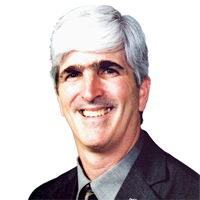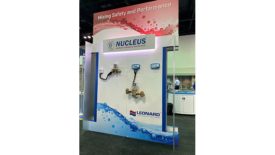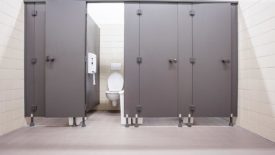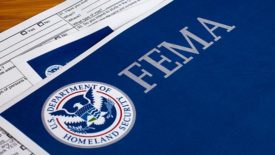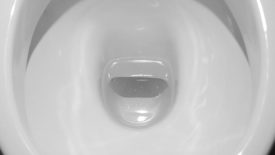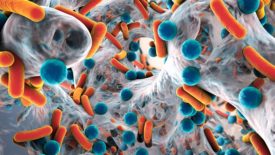Articles by Julius Ballanco P.E., CPD
Julius Ballanco: Thermostatic mixing valve changes
The market for electronic mixing valves will only continue to grow.
November 30, 2022
Julius Ballanco: Outvoted at IAPMO
A recap of IAPMO Annual Conference proceedings.
November 1, 2022
Julius Ballanco: NSPC update completed
A quick summary of code changes in the National Standard Plumbing Code.
September 30, 2022
Julius Ballanco: How private is your plumbing?
Privacy partitions should be mandated by plumbing professionals; don’t leave it up to the architect or building code.
August 29, 2022
Julius Ballanco: Government report ignores Uniform Codes
FEMA dislikes IAPMO
July 28, 2022
Julius Ballanco: Right-sizing plumbing systems for large arenas and stadiums
Big flush — big joke
June 30, 2022
CODES
Julius Ballanco: Architects know what they are doing
A recap of the IAPMO Plumbing and Mechanical Technical Committee meetings.
May 31, 2022
Julius Ballanco: Decarbonization and electrification — are we there yet?
Electrification will not result in decarbonization when using fossil fuels to generate electricity.
May 2, 2022
CODES
Julius Ballanco: Struggling to regulate Legionella
Code bodies do not deal in risk management.
April 4, 2022
Keep the info flowing with our eNewsletters!
Get the latest industry updates tailored your way.
JOIN TODAY!Copyright ©2024. All Rights Reserved BNP Media.
Design, CMS, Hosting & Web Development :: ePublishing

